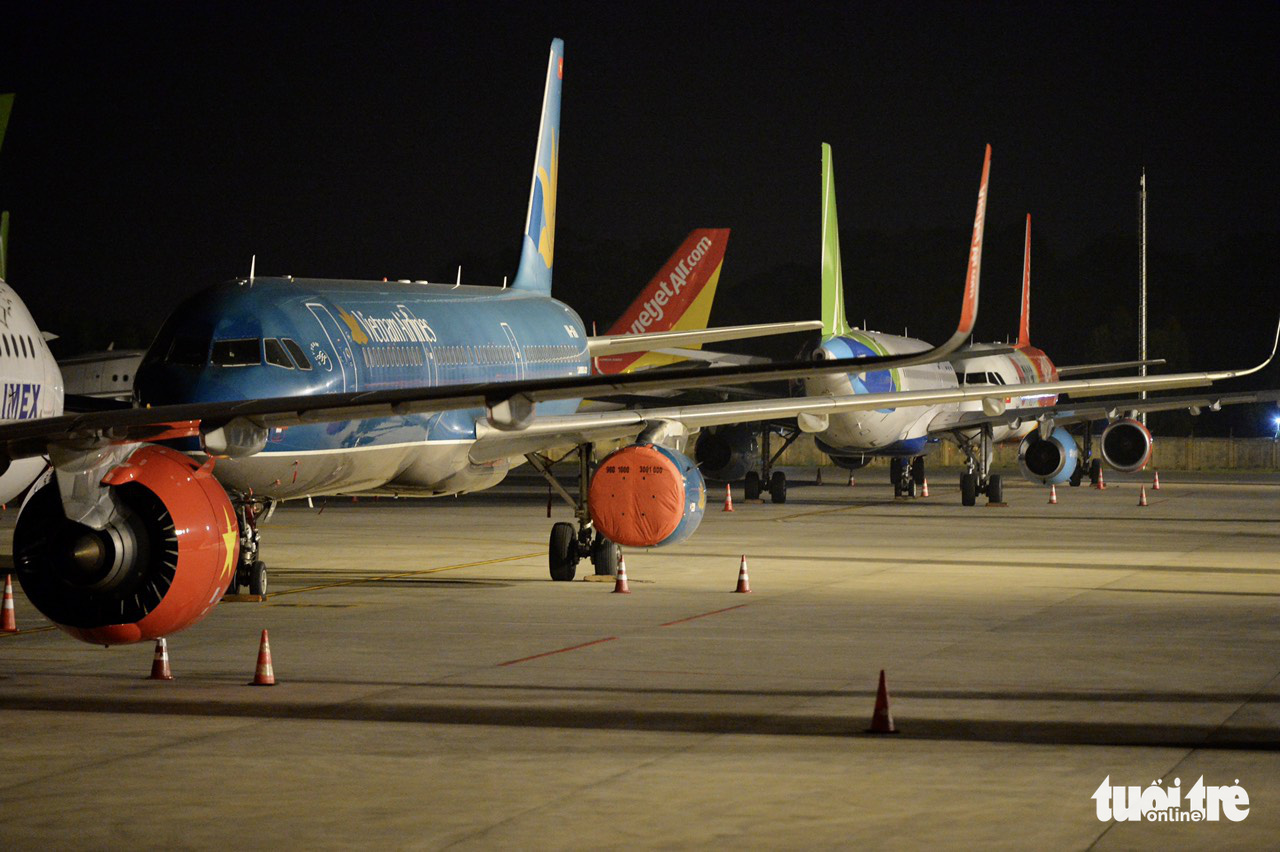Airports will be divided into three groups depending on the intensity of social distancing in the localities where they are located

The Civil Aviation Authority of Vietnam (CAAV) has proposed classifying airports into three groups based on the level of social distancing in each locality as it prepares to resume domestic routes amidst the ongoing coronavirus pandemic.
CAAV general director Dinh Viet Thang sent a report on the classification plan to the Ministry of Transport, the Vietnamese aviation governing body announced on Wednesday.
The CAAV previously asked airlines to suspend regular domestic routes since July due to the worsening pandemic in the country.
On August 30, the CAAV’s request was followed up with an order asking carriers to suspend ticket sales for domestic flights and refund passengers for tickets issued prior to July 21.
Only cargo flights and some passenger flights – primarily for officers performing public duties, people serving the fight against COVID-19, and those who have got approval from local authorities to travel – are currently operating.
There are also flights carrying citizens from southern provinces, currently hit hard by the coronavirus, to their hometowns in the north-central region.
In its plan to resume domestic routes, the CAAV has proposed dividing Vietnam’s 22 airports into three groups.
Group A includes airports in cities and provinces which are currently not implementing social distancing measures under the prime minister’s Directive No. 16, which is equivalent to a complete lockdown order.
Group B consists of airports in cities and provinces partly under social distancing according to Directive No. 16.
Airports in Group C are located in cities and provinces fully under social distancing in accordance with the directive.
There will be no cap on passengers on flights from A to A, B or C airports, though the passengers are required to show proof of a negative COVID-19 test taken 72 hours of their flights.
Flights from B to A, B or C airports and from C to A or B airports will carry passengers performing public duties and COVID-19 prevention forces, with the passengers required to show proof of a negative COVID-19 test taken 72 hours of their flights.
Other passengers must present negative testing results within the last 72 hours and satisfy one of the following requirements: having certificates proving their completion of quarantine and being transported by quarantine units to the airports in specialized vehicles, having two vaccine shots, or holding certificates of recovery from COVID-19 no longer than 12 months from departure time.
Flights from C to C airports will carry public servants, COVID-19 prevention personnel, and people who have got approval from local authorities to travel, provided that they have negative testing results taken in the previous 72 hours.
Airlines are only allowed to sell tickets for flights with departure dates within four weeks from the date the plan is approved by the Ministry of Transport, the CAAV noted.
The aviation authority will review the outcome of the plan after four weeks before implementing its second phase, in which the classification of airports is expected to remain the same.
The only difference is that passengers can use a confirmation of their stay in an area that does not apply social distancing under Directive No. 16 at least 14 days before the departure time, apart from the medical and epidemiological documents as in the first phase.







